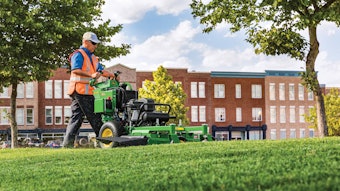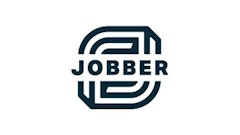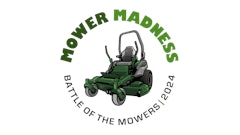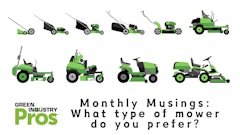
The following is based on a story originally appearing in the September issue of Equipment Today, a Green Industry Pros sister publication.
E15, which is a blend of 15% ethanol and 85% gasoline, is only compatible with cars newer than the 2001 model year, although some automobile manufacturers state that E15 does not comply with the fuel requirements specified in their owner’s manuals. Additionally, E15 is not safe for small-engine powered lawn equipment. Nonetheless, E15 is coming.
"As of right now (September 1, 2013) there are more than 30 stations offering E15 in nine states," says Robert White, director of market development for the Renewable Fuels Association (RFA). Those states are Kansas, Nebraska, South Dakota, North Dakota, Wisconsin, Iowa, Illinois, Michigan and North Carolina.
A warning label on the gas pump is designed to help prevent consumers from pumping E15 into vehicles and equipment that are not designed to tolerate more than a 10% blend. Organizations such as the Outdoor Power Equipment Institute (OPEI) contend that this is not an adequate safeguard. Remember, we are a society which needs "hot" labels on smoldering cups of coffee.
The problem is the alcohol
“E15 is universally opposed by our entire industry because of the problems it causes,” says Brad Murphy of Subaru Industrial Power Products. While a 5% increase in alcohol content may seem pretty minor, the reality is that it significantly changes the properties of the fuel. Keep in mind that this is actually a 50% increase in alcohol from the more common E10 fuel.
“Research has shown that using E15 can have harmful and costly consequences on small engines and outdoor power equipment,” says Murphy. “Most engines would have great difficulty in meeting both emissions and performance expectations with this type of alcohol range.”
An interesting dilemma is that you can’t be guaranteed of the exact percentage of gasoline vs. alcohol. “Most gas stations have tanks where the supplier puts the mixed gasoline into the storage tank and the pump pumps it up," Murphy explains. "Because alcohol separates from gasoline, consumers can get a higher mix of alcohol in their fuel. If you increase to 15%, the effect gets multiplied, so you might end up with double the alcohol you expected. That’s a problem."
What to do if you misfuel
Misfueling is bound to occur. It even happens with diesel and gasoline on rare occasions. When it does, it’s important to act quickly.
“Drain the fuel system out,” Murphy advises. “After 30 days, it starts turning into a gummy mess and begins corroding the bottom of the carburetor. If gas is left in the fuel tank long enough, it will evaporate in the small bowl of the carburetor. The gum and water from that fuel will all be concentrated in one tiny area that holds about a teaspoon of fuel in the bowl.”
Consumers should also consider using a fuel additive to combat any effects from the ethanol, such as Briggs & Stratton’s advanced fuel treatment.
But above all, you really need to be vigilant to ensure that E15 doesn’t find its way into your small outdoor engines in the first place.
Tips to prevent misfueling
The OPEI is working to protect consumers from using E15 in outdoor power and other non-road equipment. OPEI’s president and CEO, Kris Kiser, urges manufacturers, suppliers, dealers and contractors to attend GIE+EXPO 2013, being held October 23-25 in Louisville, KY, to be on the front lines of a major live announcement and rollout of an Ethanol Consumer Education Program. Green Industry Pros will be covering the event and reporting live on greenindustrypros.com.
Attendees will be armed with educational materials, resources and multimedia to help ensure that a consumer’s product will operate properly and safely by putting in the right gas.
In the meantime, here are some tips on how to avoid misfueling with E15 and other ethanol blends:
- Read and follow the owner’s manual. The owner’s manual will clearly explain what fuels can be used to ensure a properly functioning product.
- Don’t put any fuel containing more than 10% ethanol in small engines and small engine equipment.
- Check the gas pump to make sure it is dispensing E10. Some gas pumps at local gas stations may offer both E10 and E15, or have blender pumps that dispense mid-level ethanol fuels for “flex-fuel” automobiles.
You can read the entire original article at forconstructionpros.com/11122472.





























